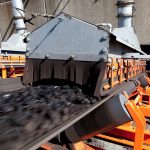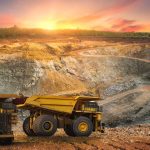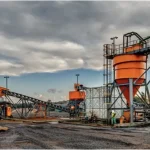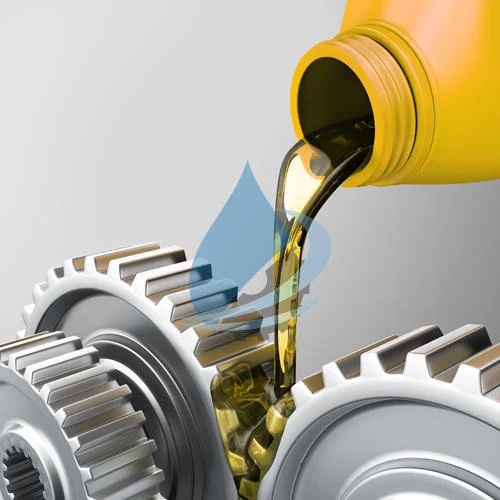Mining is a vital industry worldwide, responsible for extracting precious minerals and resources that power many aspects of modern life. However, mining operations can be extremely challenging, with high levels of stress placed on equipment, machinery, and vehicles. To ensure that these assets remain operational, reliable, and efficient, proper lubrication is essential.
Lubrication is the process of applying a lubricant – typically a liquid or semi-solid material – to reduce friction between moving parts. By reducing friction, lubrication prevents wear and tear on equipment and machinery, reducing the likelihood of breakdowns and extending the lifespan of critical assets.
In the mining industry, lubrication is particularly critical. Mining operations involve heavy machinery and equipment that operate under harsh conditions, including exposure to extreme temperatures, moisture, dust, and other contaminants. Without proper lubrication, these machines and equipment quickly become damaged, leading to costly downtime and repairs.
Mining operations also require large volumes of lubricants to keep equipment running smoothly. According to the International Council on Mining and Metals, mining companies use up to 1% of their total operating costs on lubricants. This highlights the importance of choosing the right lubricants, as it can have a significant impact on operating costs and overall efficiency.
The selection of the right lubricants depends on several factors, including the type of equipment, the environment in which it operates, and the specific needs of the operation. For example, mining operations in dusty environments may require lubricants with high viscosity to prevent dust from sticking to equipment surfaces. On the other hand, operations in extreme temperatures may require lubricants that can withstand a wide range of temperatures without breaking down or losing their lubricating properties.
Another critical factor in the proper lubrication of mining equipment is the frequency of lubrication. Regular lubrication is essential to prevent wear and tear on equipment and ensure that it runs efficiently. However, over-lubrication can also be a problem, leading to excess lubricant build-up and increased operating costs. Finding the right balance between over-lubrication and under-lubrication is key to maximizing the lifespan and performance of mining equipment.
In summary, lubrication is an essential component of any mining operation, and choosing the right lubricants and ensuring proper lubrication practices can have a significant impact on efficiency, operating costs, and equipment lifespan. By investing in high-quality lubricants and implementing best practices for lubrication, mining companies in Africa can reduce downtime, minimize equipment failures, and maximize their return on investment.















